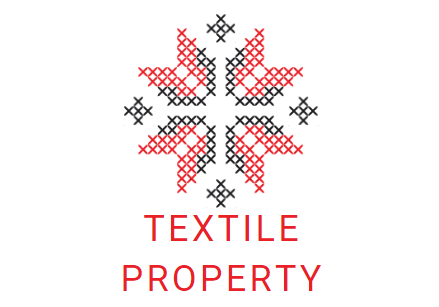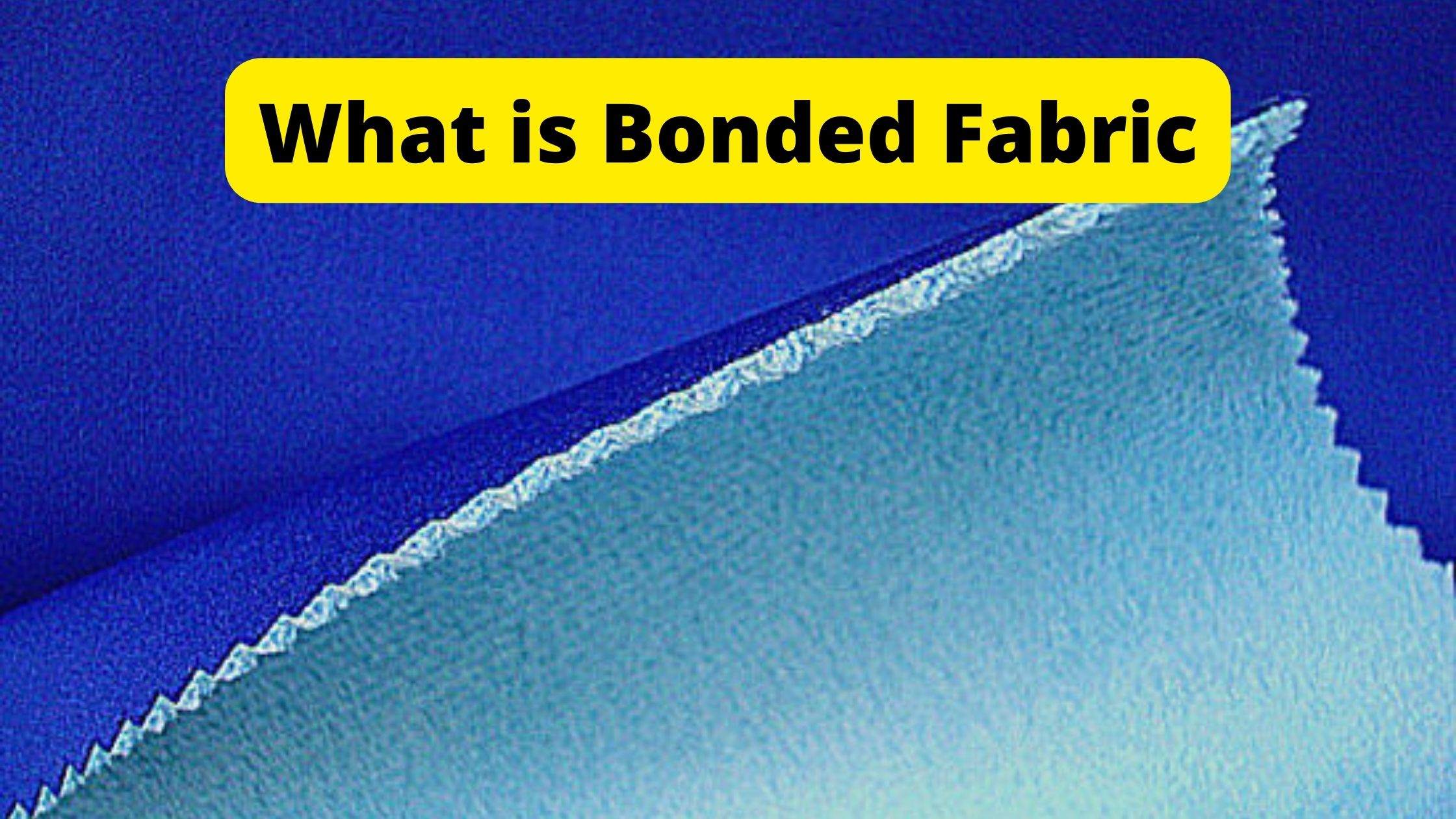If you are looking for a simple answer to the question, “What is bonded fabric?”, then dive deep into the article to know.
Bonded fabric is a type of material made from two or more distinct layers of material of which at least one material is a fabric that has been connected together by wet bonding agents or polyurethane foam. Epoxy, phenolic, polyester, and polyimide is used as bonding agent.
If an original hand feel is required, then wet bonding agents are used. If this is a matter of shape or thermal qualities then, foam bonding is suitable.
This process helps to create a single layer of fabric that has unique characteristics and properties, such as increased strength, durability, and water resistance.
Bonded fabric is commonly used for a variety of applications, such as outerwear, athletic wear, and bedding.
The technical face of bonded fabric might be any kind of fabric but the backing cloth finds its way to warp knitted Acetate or Nylon fabric. Before binding, no fabric has the ability to form apparel.
By attaching them together, apparel is formed.
Types of bonded fabric
At first, the bonded fabric is made by bonding acetate knit backing with the face side of a cotton fabric. But nowadays, foam, wet bonding agents, two face fabrics are used for making bonded fabrics.
Woven bonded fabric
It is produced by combining woven pieces together to form thick patterned cloth. Usually, polyester is used for these kinds of materials but cotton or linen-like fabrics are also used. From home décor and upholstery to apparel, everything can be made with this fabric.
Non-woven bonded fabric
Non-woven fabrics are made of fiber sheets bonded together through any chemical, mechanical or thermal bonding process. Fibers are converted to fabric directly in this process, with no need for any yarn.
Molten polymer, polyester film, or fibers are used as raw materials. Non-woven can be bonded through heat or pressure, chemicals, or by using machines.
Sometimes, woven and non-woven materials are bonded together by adhesive. Through heat and pressure, the two materials are pressed with each other. Then the adhesive between the two is melted to give them a firm bonding to yield a single fabric.
These are the major types of bonded fabric. But others bonded fabrics are also available in the market. Fused Fabric, Coated Fabric, Knitted Bonded Fabric, Quilted Fabric, Embossed Fabric, Heat Bonded Fabric, Soft-shell Fabric, and Thermal Bonded Fabric are also types of bonded fabric.
Some bonded fabrics available in the market are discussed below:
- Reversible fabric: Two face fabrics are bonded together to give this fabric.
- Stabilizer and inner lining: Face fabric and cotton sheeting fabric are bonded together to provide an inner lining and stabilizer.
- Waterproof fabric: For waterproof quality polished vinyl along with other fabrics is used.
- For stability: Wool interlining is bonded with fabrics to provide a stable cloth.
- For warmth and bulkiness: When the non-woven fabric is bonded to the woven face fabric, warmth is achieved along with this bulkiness is added to the garment.
- Absorbency: To improve absorbency cotton is bonded as a backing cloth.
- Appearance: Nylon net fabric is bonded with lace or other fabric to improve it appearance.
The quality standard of bonded fabric
- Bonded fabric must withstand several washes and dry-cleaning actions
- Limited amount of shrinkage
- Peeling, seam puckering or cracking is prohibited
- Must have breathability
- Should maintain a good draping quality
- Good colorfastness
- No odor
- No traces of adhesive should be found on the surface of the material
Features of bonded fabrics
- Provides fashionable outlook
- Provides extra warmth
- Protects skin from irritation
- High durability
- Less wear and tear
- Most of them are wrinkle resistant
- Having good stretch recovery in the case of knit bonded fabric
- Foam-bonded fabrics create lots of designing scope in sportswear
- The bonding process gives the lighter fabric a stable and heavy appearance
Manufacturing Process of bonded fabric
- The Process of Thermal Bonding: In the thermal bonding process, thermoplastic fibers along with other non-thermoplastic fibers are bonded together by heat and pressure.
- Hot Calendaring Process: In the calendaring process, two heated rollers pass fiber webs under pressure through it and form a single web. By melting the fibers, the rollers flatten the web and form a thin fabric.
- Ultrasonic Bonding: Ultrasonic energy produces heat and forms fabric from the fiber web.
- Through Air Bonding Process: Through an oven, a fiber web is carried out where hot air is pulled to melt the fiber to yield bonded fabric.
Is cotton bonded fabric?
Cotton is actually a fiber. We can make bonded fabric from cotton. Woven cotton sheets are backed with polyester, nylon, or rayon materials to form a strong composite fabric.
More often these kinds of composite fabrics are used in making protective apparel.
Cotton can be bonded with most thermoplastic fibers. But the amount of cotton should be added carefully. The more cotton, the less strength. Because the strength of bonded fabric depends on the bonding of thermoplastic fibers with the cotton.
If only the cotton meets each other, no bonding will take place. Whereas the bonding will be strong where the thermoplastic fiber melts with cotton.
Application of bonded fabric
- Bags
- Shoes
- Clothes
- Aerospace industry
- Purse
- Quilted fabric
- Waterproof materials such as Gore-Tex or Sympatex
Wrap It Up!!
You can also make your own bonded fabric. It is so easy that can be made in no time. Just take two fabrics and paste them with adhesives then apply heat to press the fabric – Simple!! Making bonded fabric is a fun project. With the above article, hope you can easily understand now “what is bonded fabric?”

